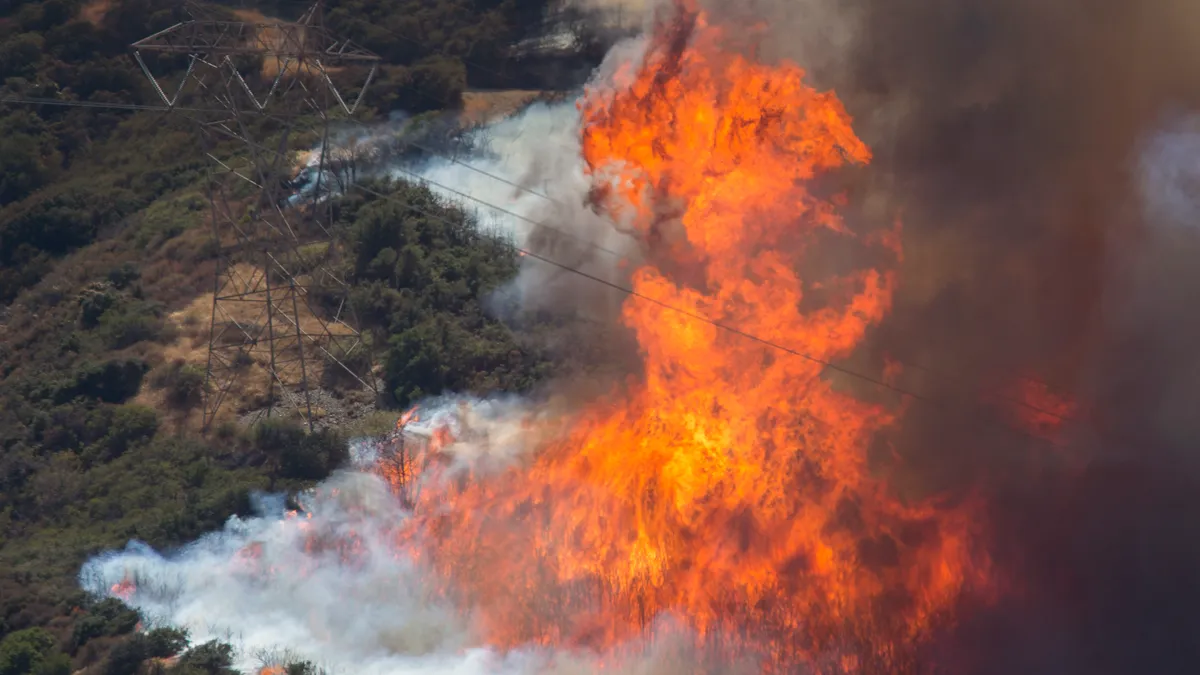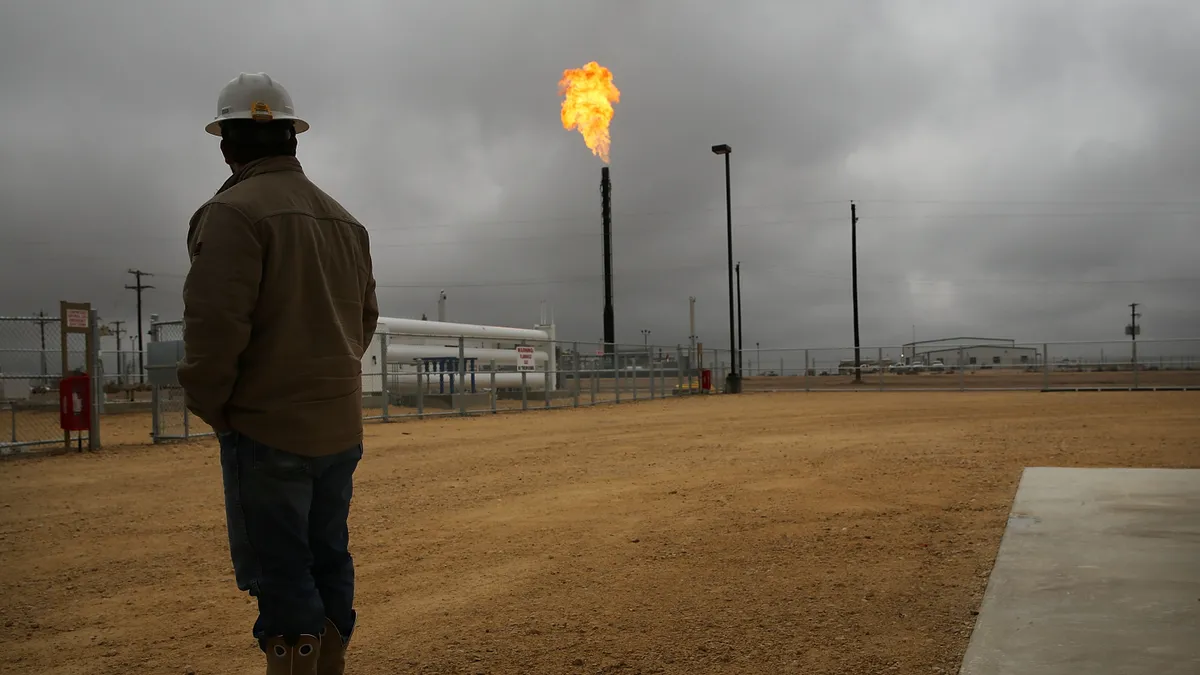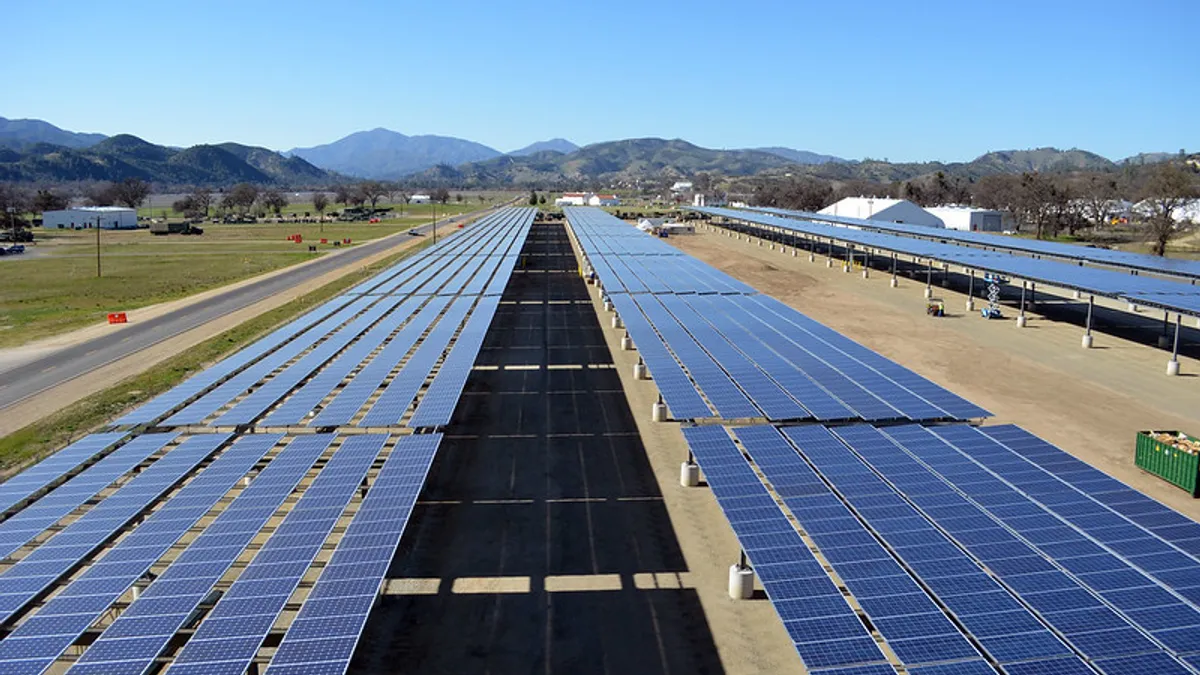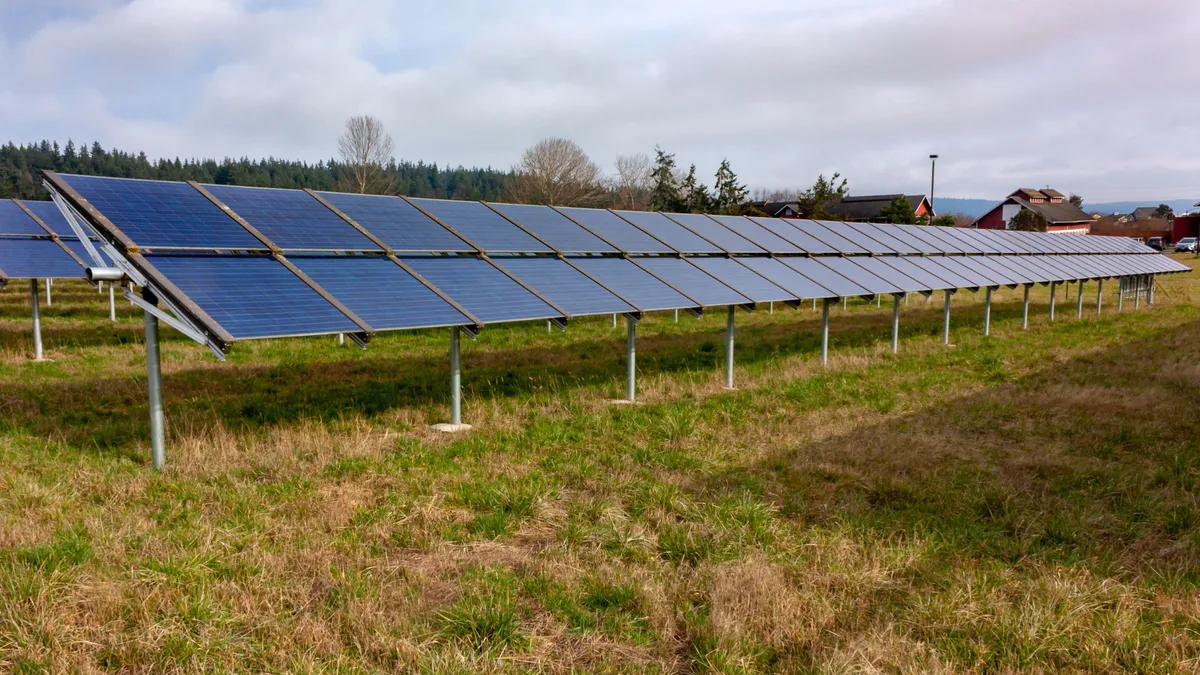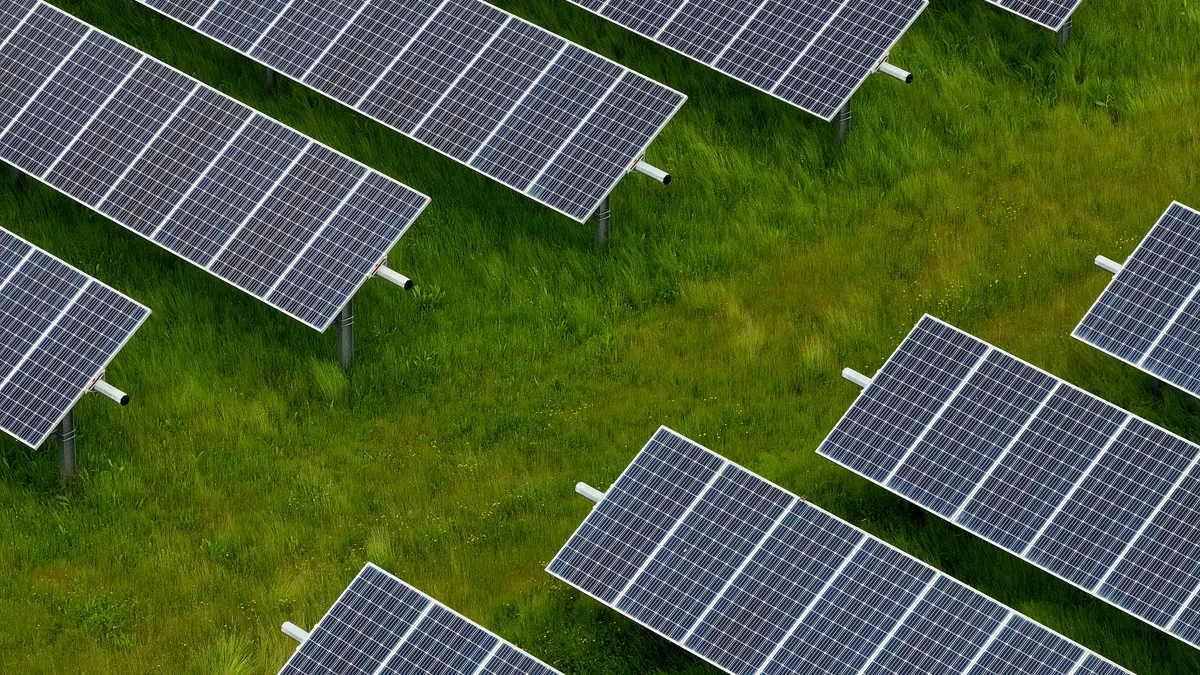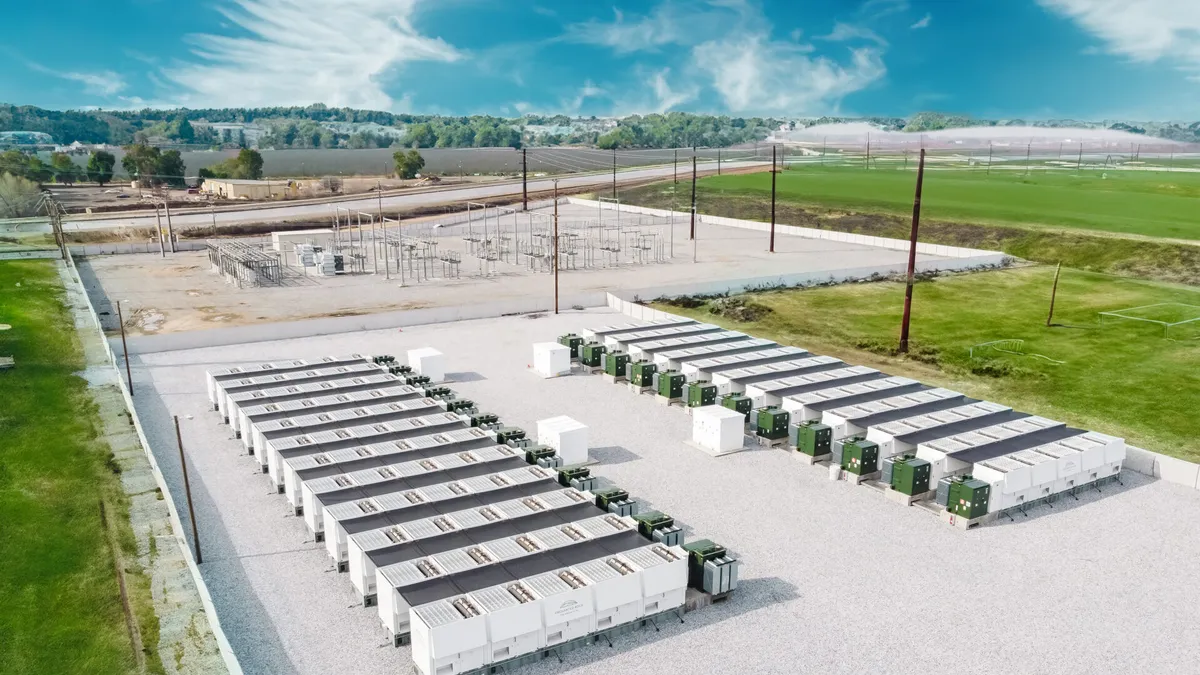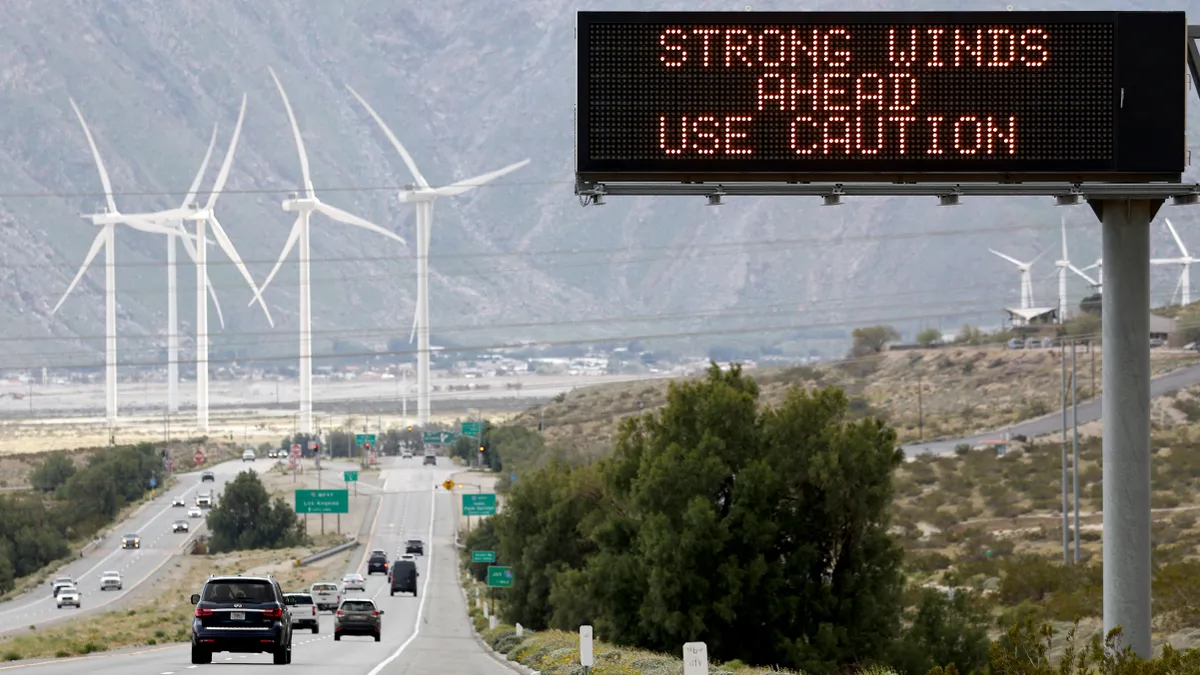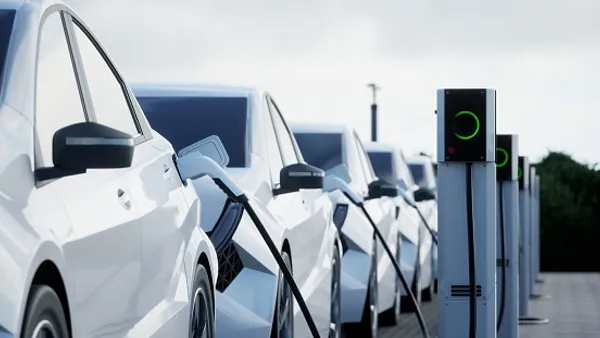Upwardly revised mid-range forecasts for peak power demand, rising utility capital investments and more common and costly extreme weather events are increasing pressure on the U.S. electric grid and underscoring the need to deploy virtual power plants at scale, the U.S. Department of Energy said this month.
Utilities, aggregators, regulators and other energy system stakeholders can enable deployment of 80 GW to 160 GW of VPP capacity by 2030 by encouraging expanded distributed energy resource adoption, simplifying VPP enrollment, standardizing VPP operations, and integrating VPPs into utility planning and wholesale markets, DOE said in its updated Pathways to Commercial Liftoff: Virtual Power Plants report.
To accelerate DER adoption and VPP deployment during President-elect Trump’s second term, stakeholders should focus on “nonpolitical” benefits like grid resilience, energy security, avoided costs, consumer choice and self-determination, experts told Utility Dive.
The United States had about 30 GW of VPP capacity in 2024, DOE said in the updated report, released on Jan. 1. That figure is lower and more precise than the “30 GW to 60 GW” capacity estimate provided in the original version of its VPP Liftoff report, published in September 2023.
DOE made the adjustment “based on Wood Mackenzie’s North America VPP Market Report, which estimates that there is 33 GW of VPP capacity in North America with the majority considered to be in the U.S.,” it said in the updated report.
Characterizing North American VPPs as “well past pilot scale,” Wood Mackenzie’s July 2024 report noted 1,459 operational or in-development VPP deployments participating in 321 market, utility and retailer programs.
But VPPs represent less than 20% of total DER capacity and remain dominated by residential thermostat and commercial and industrial demand response programs, Wood Mackenzie found.
As Republicans prepare to take full control of the federal government on Jan. 20, VPP advocates should look to messaging that has resonated with regulators, policymakers and consumers in GOP-controlled jurisdictions like Texas and Utah, said sonnen USA CEO Blake Richetta.
“If presented properly, VPPs can be viewed positively by both quote-unquote conservatives and quote-unquote progressives,” Richetta said.
DOE’s updated liftoff report hailed the Wattsmart VPP, deployed in Republican-controlled Utah by Rocky Mountain Power in partnership with Richetta’s company, as “among the most advanced VPP[s] in the U.S. due to its degree of integration into the utility’s overall system operations and the wide array of use cases (grid services) of the battery aggregation.”
Grid-optimizing VPPs like Wattsmart appeal to progressives by enabling increased renewables deployment, but in Utah, policymakers and regulators were “so proud that they didn’t have to raise taxes or [utility] rates to make it happen,” he said.
The potential for VPPs and even less sophisticated DER clusters to reduce grid stress — and related costs — from new data centers, factories and other large loads is another benefit with broad appeal, said Rábago Energy principal Karl Rábago. After factoring in lower line losses and avoided infrastructure costs, “a 5-MW distributed facility is almost as economical as a 500-MW [utility] facility,” he said.
Independent analyses bear out VPP advocates’ cost-reduction claims. An October 2024 study coauthored by AES Indiana and Camus Energy found a grid-optimized managed EV charging program could save “close to $1 billion in cost overruns over the next decade, with savings going directly to consumers,” DOE said in the updated liftoff report, while an April 2024 Brattle Group report said California could pass about $550 million of an estimated $755 million in annual avoided power system costs to consumers by deploying a wide mix of VPP programs.
As localized, redundant energy resources, VPPs also improve energy security and resilience, which have broad support across the political spectrum, said Luminary Strategies founder and CEO Arushi Sharma Frank. But the idea of producing and consuming power locally, with less interference from governments and monopoly utilities, also happens to resonate in particular with conservatives, she added.
DER and VPP advocates anxious to boost adoption should also make space for the non-political levers DOE identified in the updated liftoff report, experts said. For example, streamlined program design and interoperability standards are crucial to remove barriers to wider VPP participation, according to Sharma Frank.
“The technical challenges are so much more important to get right than figuring out which political bucket this fits in,” she said




